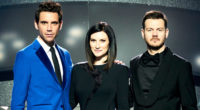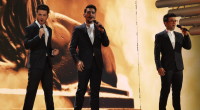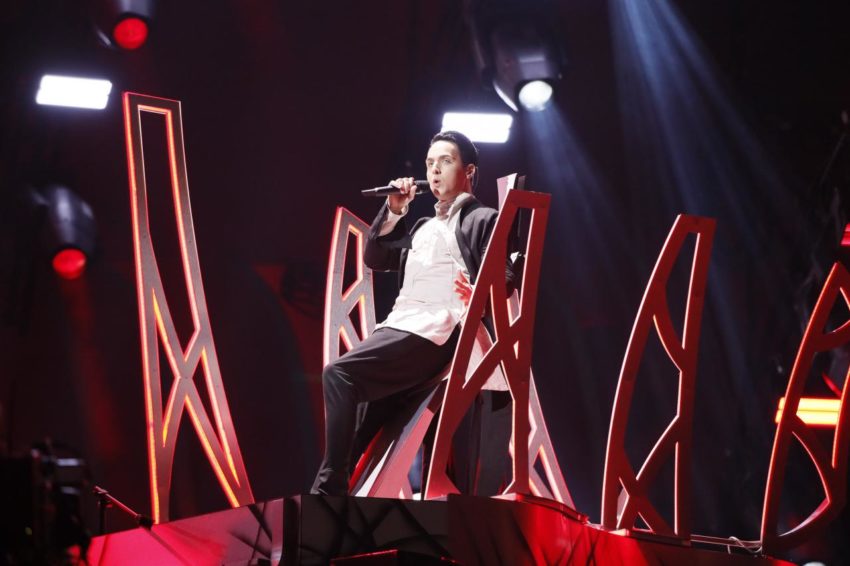
In the last song of semi-final two, we see a very theatrical stage performance. It’s created by Konstantin Tomilchenko, who also did Jamala’s winning performance at Eurovision 2016. And it brings drama and fire to Lisbon.
Contents
Interview
Gallery
Second Rehearsal
Opinions expressed during our second .rehearsal coverage are personal from the mentioned writers.
Pedro, Portugal (in the arena) – Ukraine may be getting a Eurovision trophy back this year as Mélovin delivers one of this edition’s strongest performances. The piano lift is perhaps the most iconic moment of all the performances seen and the one people will remember the most. If you add to that the spectacular fire effects in it and the fact that it is indeed a good song, you may have a winner.
Josef, Czech Republic (in the press centre) – Thís is spectacular! Vampires are alive! Oh sorry, it was Switzerland 2007. I mean, the beginning of the performance is just so cool. I didn’t expect Mélovin rising from the coffin as a vampire. But it is original. The song is perfect for the ending of semifinal two. With a performance like this, we will definitely see Ukraine in the final again and not only that. I predict a TOP 10 placing and who knows, maybe we will come back to Ukraine next year? I wouldn’t mind that at all, but please, this time, let it be Odessa!
First Rehearsal
The most avant-garde and theatrical prop of this year’s Eurovision might be the gigantic piano on top of a big staircase that is brought to Lisbon by the Ukrainian delegation. It serves as a hidden spot for the singer at the very beginning. Mélovin is laying inside the piano like he’s in a coffin and then rising like Dracula and walking down the stars. He’s dressed in a black coat and white shirt. At the end of the performance, Mélovin is going upstairs again to play the piano and the stairs are going on fire just a few seconds later. The performance is similar, but not the same, as we saw in the national final in Ukraine.
According to a press release from the Ukrainian delegation, the prop need very sophisticated technical support. If operation button is pressed a half second earlier or later, there is a chance for Mélovin to damage himself seriously. And let’s not forget about the fire need to be released exactly when the singer starts playing the piano.
The stage act’s idea was born together with Ukrainian stage director Konstantin Tomilchenko, who also staged Jamala’s winning performance of 1944 back at Eurovision 2016.
How Mélovin was selected
With two semi-finals held on the 10th and 17th of February, six acts had made it through to the Ukrainian national final on the 24th. A combination of public vote and jury selected the outcome. among the judges we found 2016 winner Jamala and also former Ukrainian participant Andriy Danylko (Verka Serduchka). The latter ended up in fight with one of the participants, last year’s runner-up Tayanna. He accused her of lip synching, she defended herself, but as he continued his attack on her, Tayanna’s manager stepped in yelling cross the studio at him to be ashamed of himself!
Despite the attack on her, Tayanna still won the combined jury voting with Mélovin second. The TV viewers however massively preferred him, and only placed Tayanna third. The combined result awarded Mélovin the victory with Tayanna once again as runner-up.
Ukraine at the Eurovision Song Contest
14 times in the final – in 14 attempts. Two victories, and nine times in top 10. Ukraine’s Eurovision history is very impressive.
The country debuted at the 2013 contest where Hasta La Vista came 14th. The year after, Ruslana secured Ukraine their first victory with her Wild Dances. A few years later, in 2007 and in 2008 Verka Serduchka and Ani Lorak both came close to repeating the win, but ended second.
In 2016, Jamala represented Ukraine who hadn’t taken part at the 2015 contest. With the controversial song 1944, she however took home the trophy once more to the country that got their worst result when O.Torvald took part on homefield – and finished 24th in the final.
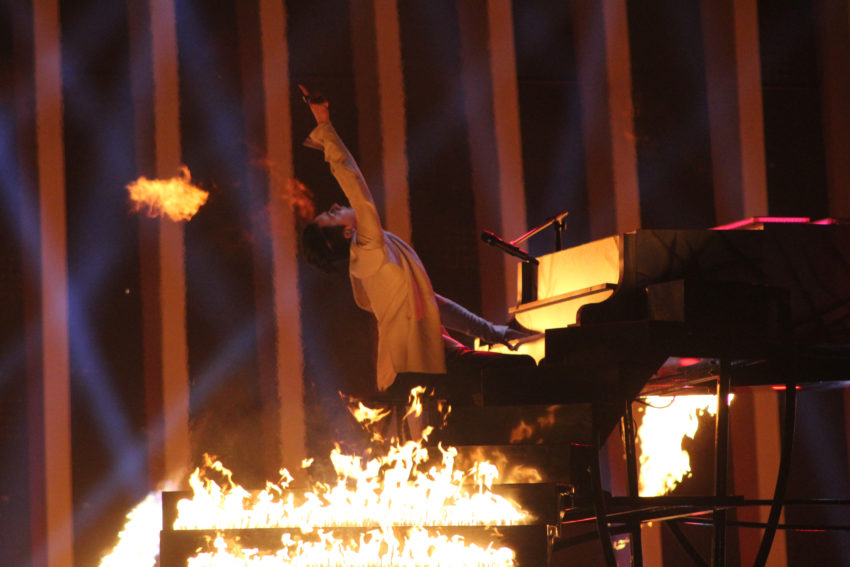 Mélovin (Ukraine 2018)
Mélovin (Ukraine 2018)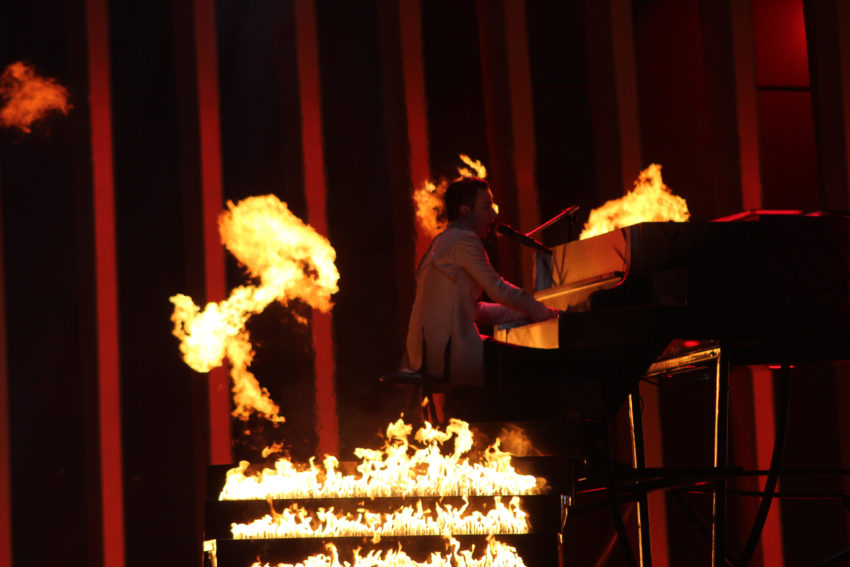 Mélovin (Ukraine 2018)
Mélovin (Ukraine 2018)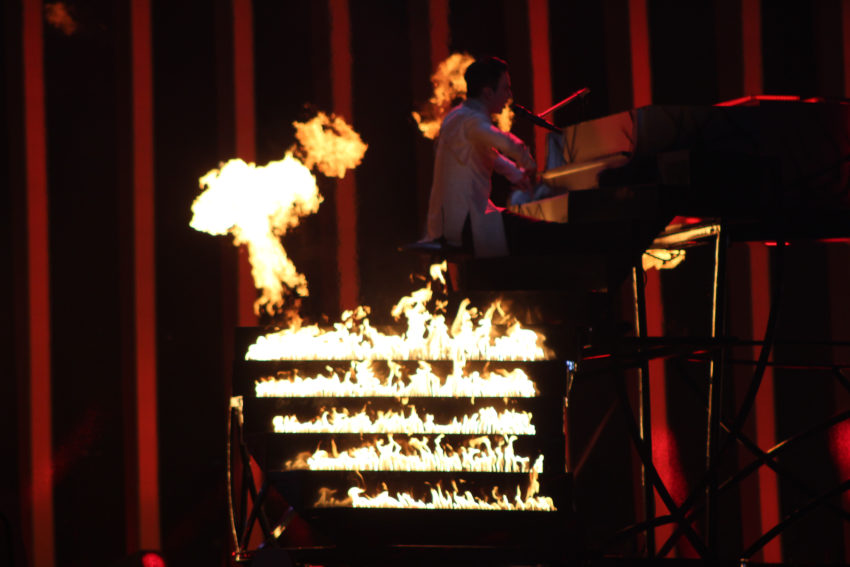 Mélovin (Ukraine 2018)
Mélovin (Ukraine 2018)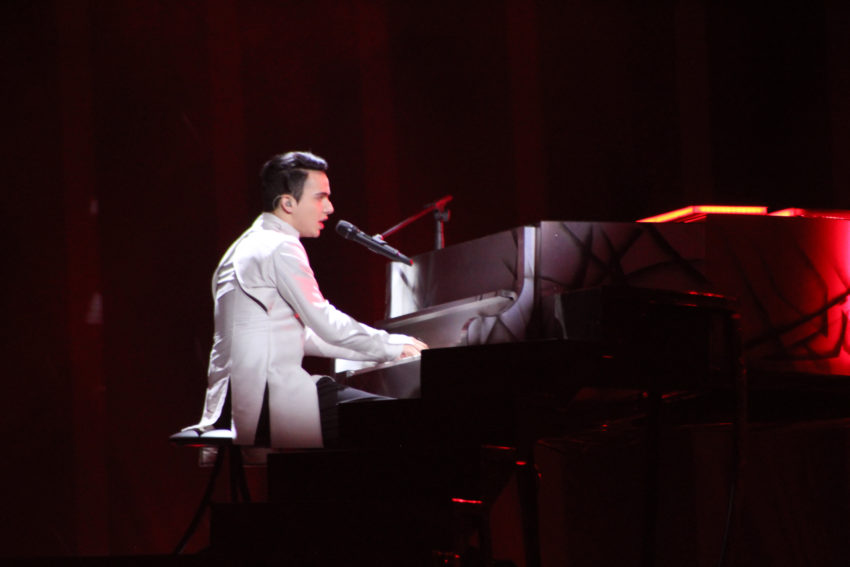 Mélovin (Ukraine 2018)
Mélovin (Ukraine 2018)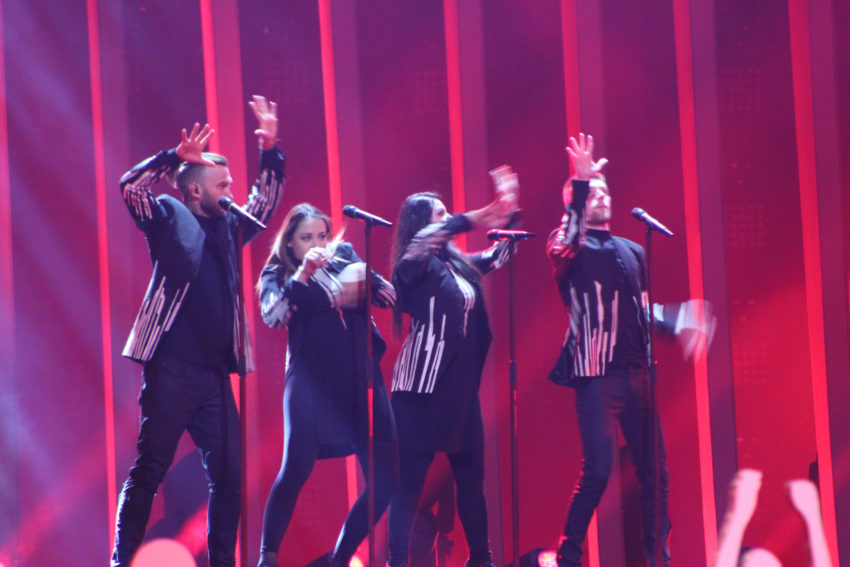 Mélovin (Ukraine 2018)
Mélovin (Ukraine 2018)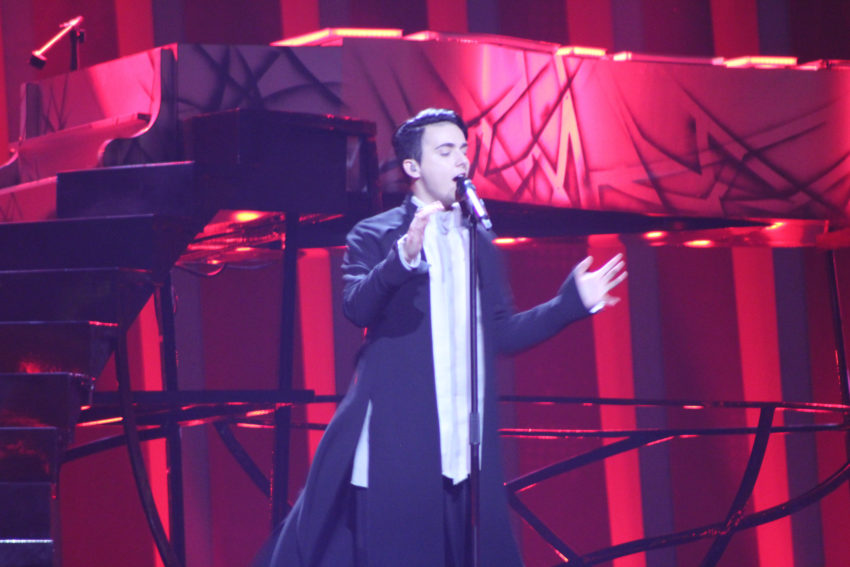 Mélovin (Ukraine 2018)
Mélovin (Ukraine 2018)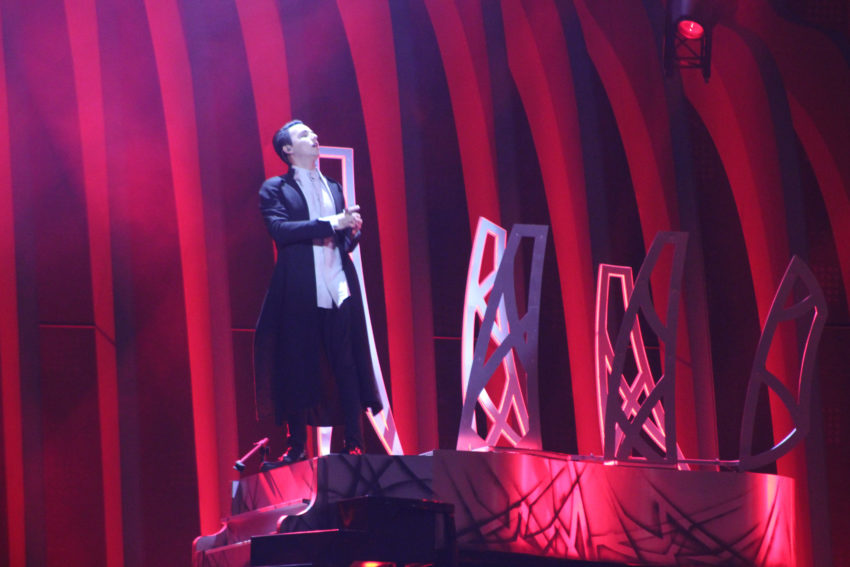 Mélovin (Ukraine 2018)
Mélovin (Ukraine 2018)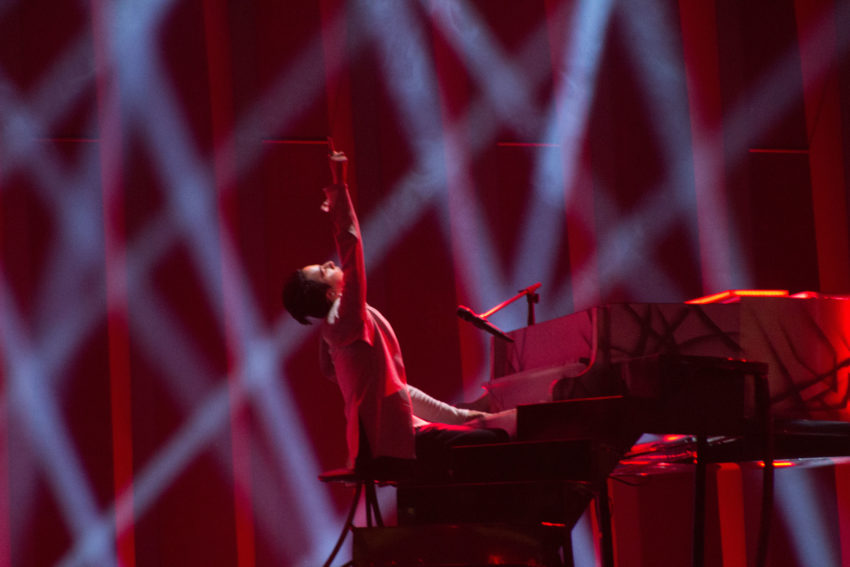 Mélovin (Ukraine 2018)
Mélovin (Ukraine 2018)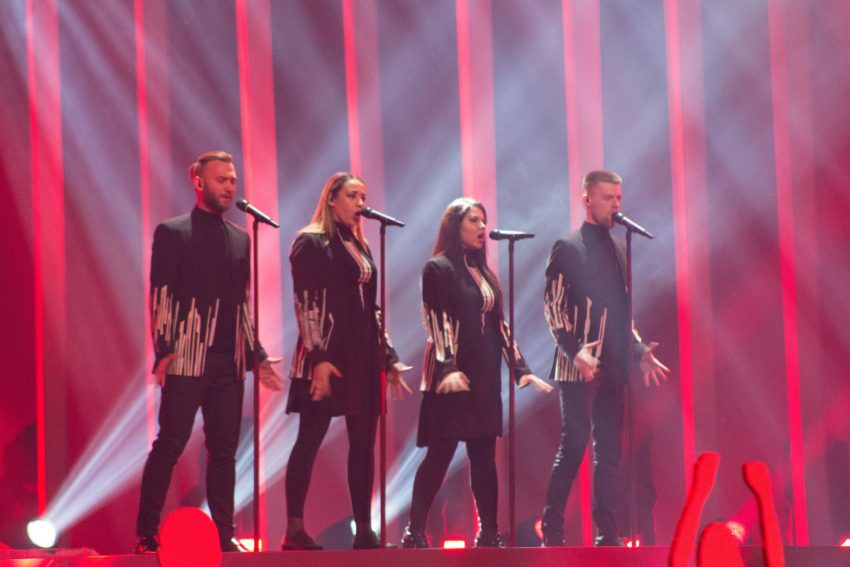 Mélovin (Ukraine 2018)
Mélovin (Ukraine 2018)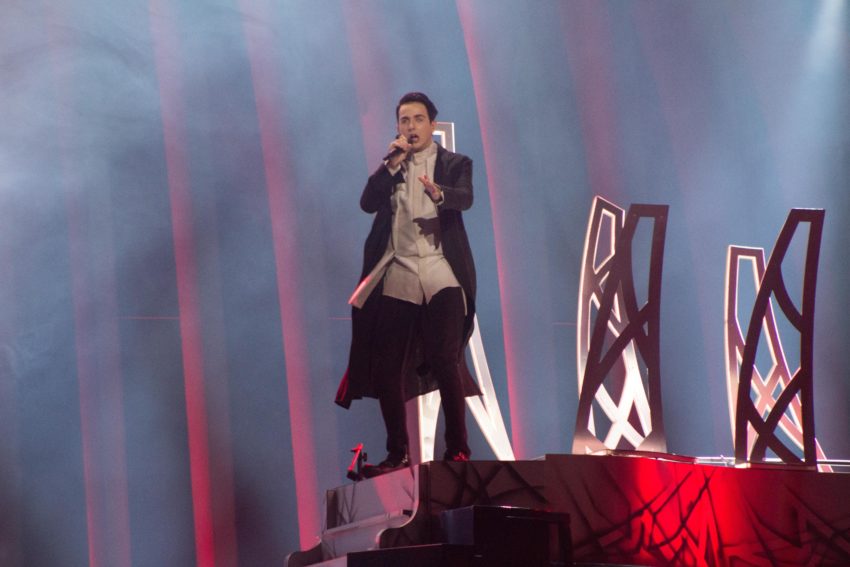 Mélovin (Ukraine 2018)
Mélovin (Ukraine 2018)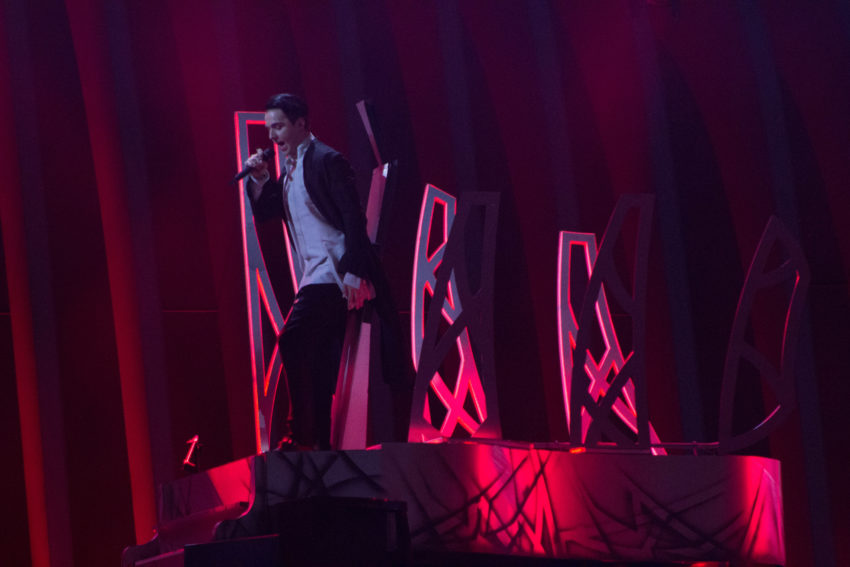 Mélovin (Ukraine 2018)
Mélovin (Ukraine 2018)








